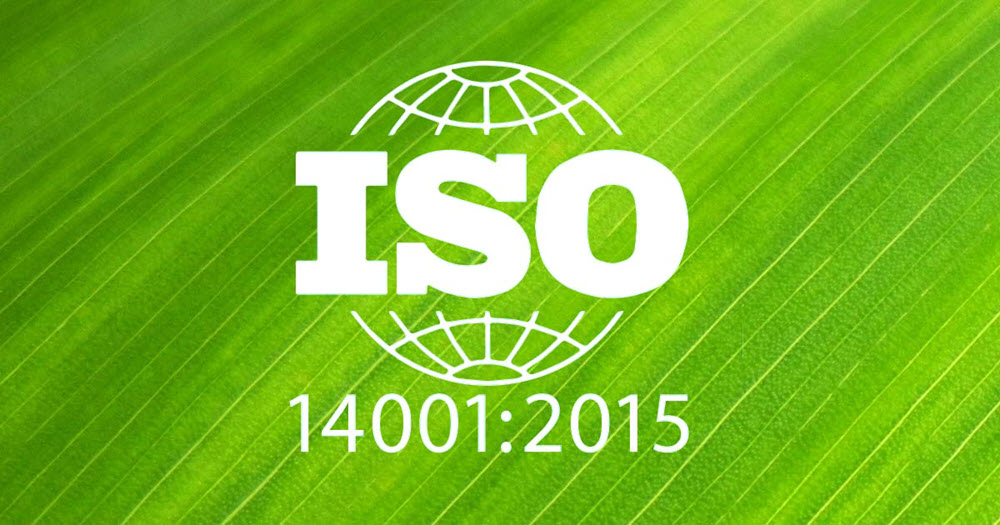EQMS Blog

What Is The ISO 14001 Requirements?
Nowadays, organisations cannot ignore the ever-increasing need of displaying a responsible approach about their activities regardless of the business size. We cannot disagree with the fact that even small organisations or community groups can have a destructive impact on the environment. At the global level, comprehensive legal policies are being devised by government bodies and concerned parties that put strong emphasis on action plans to maintain sustainability. In the view of sustainable growth, these environmental regulations for corporations and other organisations serves the purpose of watching over the health of the environment.
What is EMS?
For an Environmental Management System (EMS), the ISO 14001 standard outline the requirements. An EMS is a well-designed method for making sure that an entity’s environmental activities are managed suitably and are improved on continuous basis. Likewise, this standard provides assurance that organisations recognise potential hazardous impact on the environment and proactively implement regulating steps and controls. Additionally, being certified to ISO 14001 provide the benefit of demonstrating social responsibility towards the environment and having an environmental policy in place.
ISO 14001 Requirements
ISO 14001 necessitates the maintenance of documented evidence which shows that your EMS fully complies with requirements of the standard. Now, the basic objective of the required documentation is to confirm that dynamic environmental processes are fully functional within the organisation. These documents will also demonstrate environmental awareness of employees and how well the environmental objectives have been met. Other requirements from the standard include a risk-based approach. This involves the development of an environmental aspect/impact register. Another key element from the standard is the documented legal register and how legislations have been complied with.
ISO 14001 Clauses
Generally, the requirements of ISO 14001 are divided into 7 sections which are also known as ISO 14001 clauses. More to the point, the first three clauses in the standard does not cover any requirements; however, it describes the scope of the standard along with normative references to get a better understanding of terms and definitions used in the standard.
- Clause 4 which covers the first of the ISO 14001 requirements, include details about context of the organisation. The general requirements for an EMS are covered in this section comprising understanding regarding organisational context, expectations and needs of interested parties, and documentation about the scope of EMS.
- Clause 5 is related to leadership. This section classifies senior management’s requirement for exhibiting leadership with commitment to the EMS. In the same way, this section categorise the roles, duties, and authorities of the organisation that will become a part of the EMS.
- Clause 6 highlights the necessity to find and plan for dealing with risks and opportunities associated with the EMS. It also identifies by what means the organisation’s processes impact the environment and in what way an entity will keep itself informed as well as updated with the legal requirements.
- Clause 7 is about support and covers the largest section. It covers required resources for the effective implementation of an EMS which includes EMS awareness, training, and competence assessment.
- Clause 8 is about operation which comprises of a small section, but it holds great significance. This section identifies the requirements about exactly how the controls in operation should be planned and how emergency preparedness and response is covered.
- Clause 9 covers performance evaluation. It addresses in what way an entity will measure, investigate, and assess it EMS processes. The detail of how an organisation will evaluate its conformity with the legal requirements is also included in this clause.
- Clause 10 is about Improvement and this last section covers the requirements about exactly how an organisation is supposed to deal with non-compliance in its EMS practices. More to that, it also addresses counter measures required for these non-compliances along with persistent improvement activities for the events when a problem is identified beforehand.
If you are looking to implement an ISO 14001 compliant EMS or improve an existing one, then contact us for a free consultation on how we can help with the project.

Request a free consultation
Contact us to discuss your needs and see how we can support to reach your goal.

Recent posts

In today's digital age, businesses are constantly exposed to various cyber threats. As a result, companies must adopt a proactive approach to cybersecurity to prevent data breaches, theft, and other...

Quality management systems are essential in ensuring that organisations can deliver quality products and services consistently. The International Organisation for Standardization (ISO) developed the ISO 9001 standard to help organisations...

ISO 14001 is a globally recognised standard for environmental management systems (EMS) that helps organisations manage their environmental impact and improve their sustainability performance. Obtaining this certification demonstrates a company's...
Just a Few of Our Clients
Request a Free Consultation
Contact us to discuss your needs and see how we can support to reach your goal.












